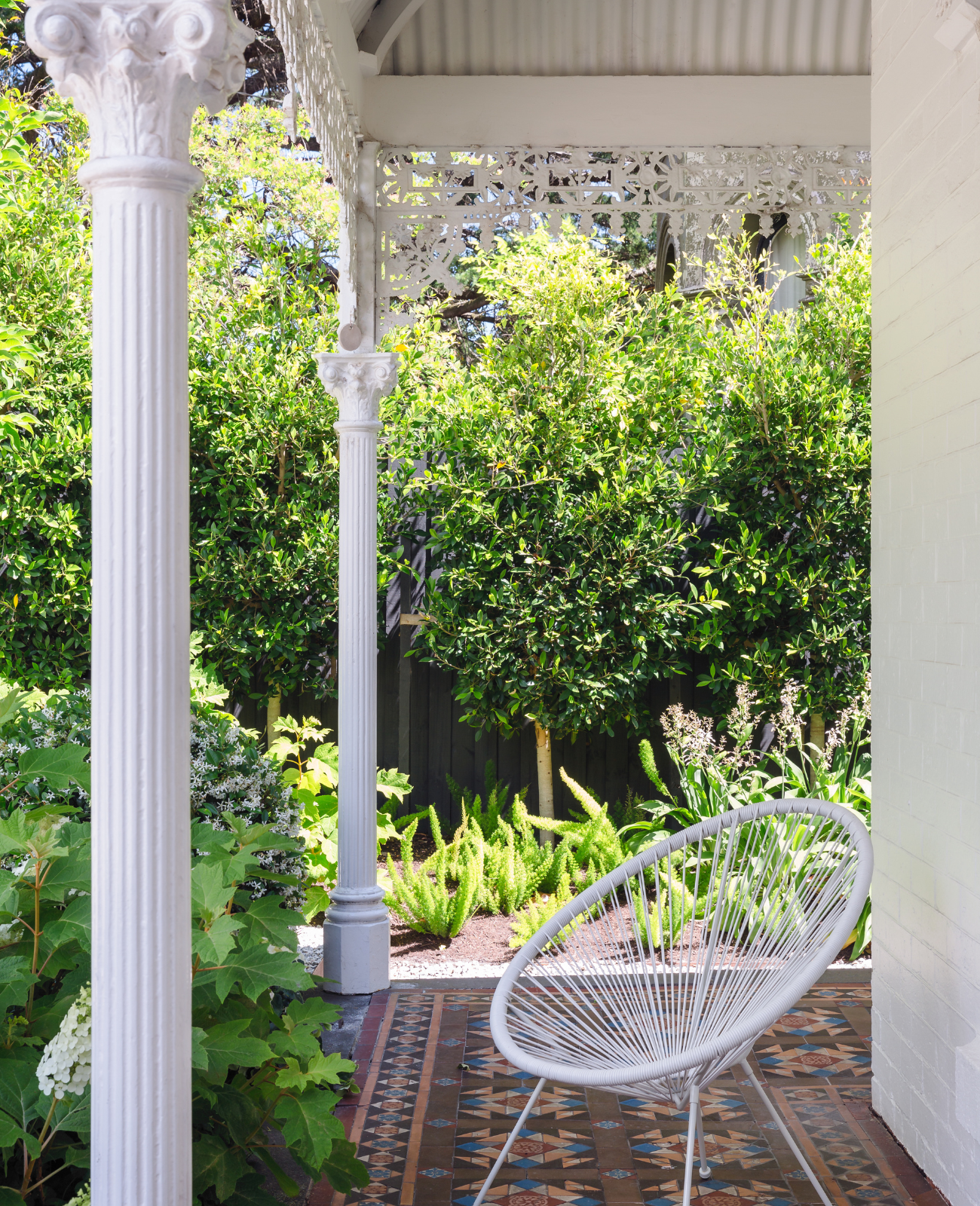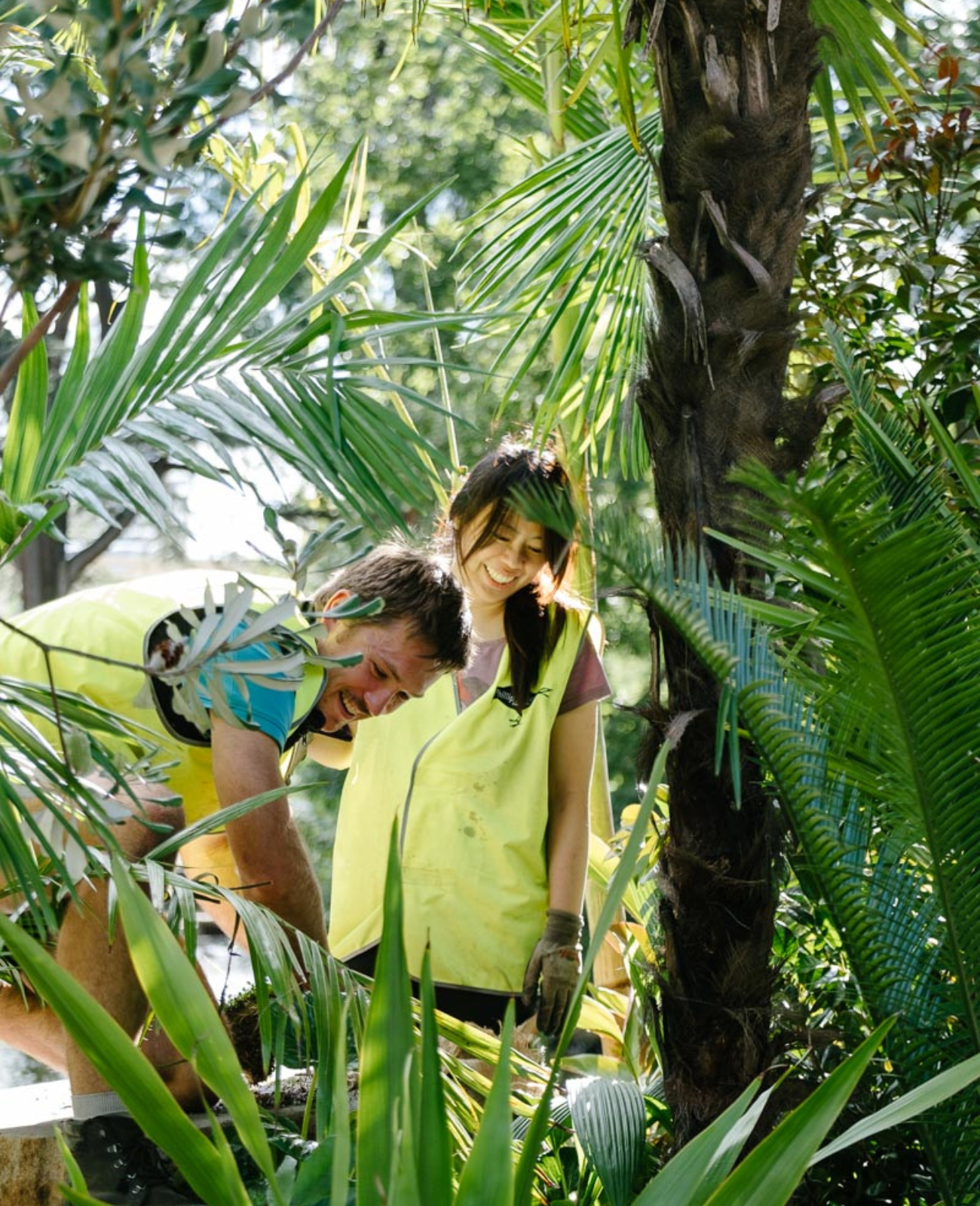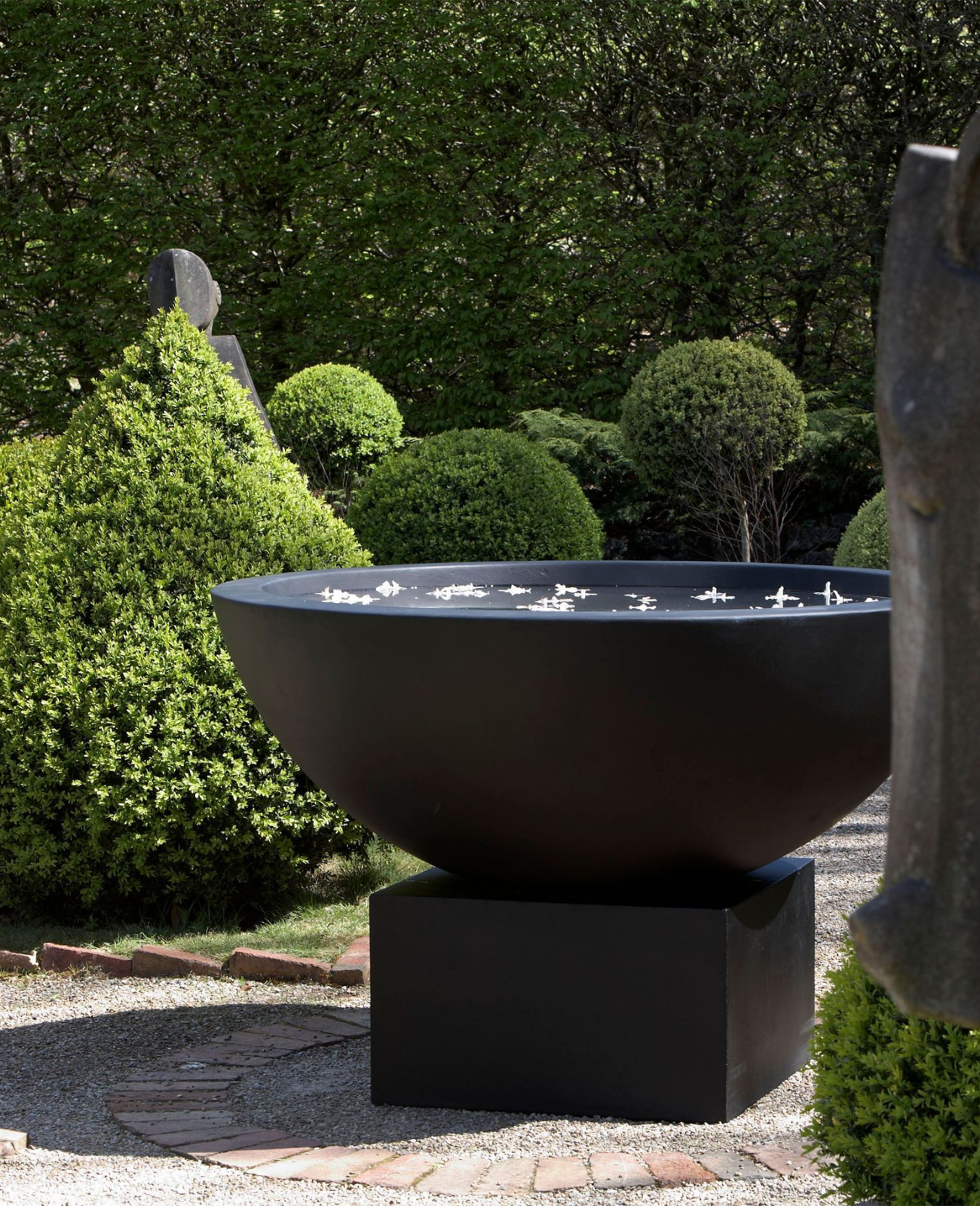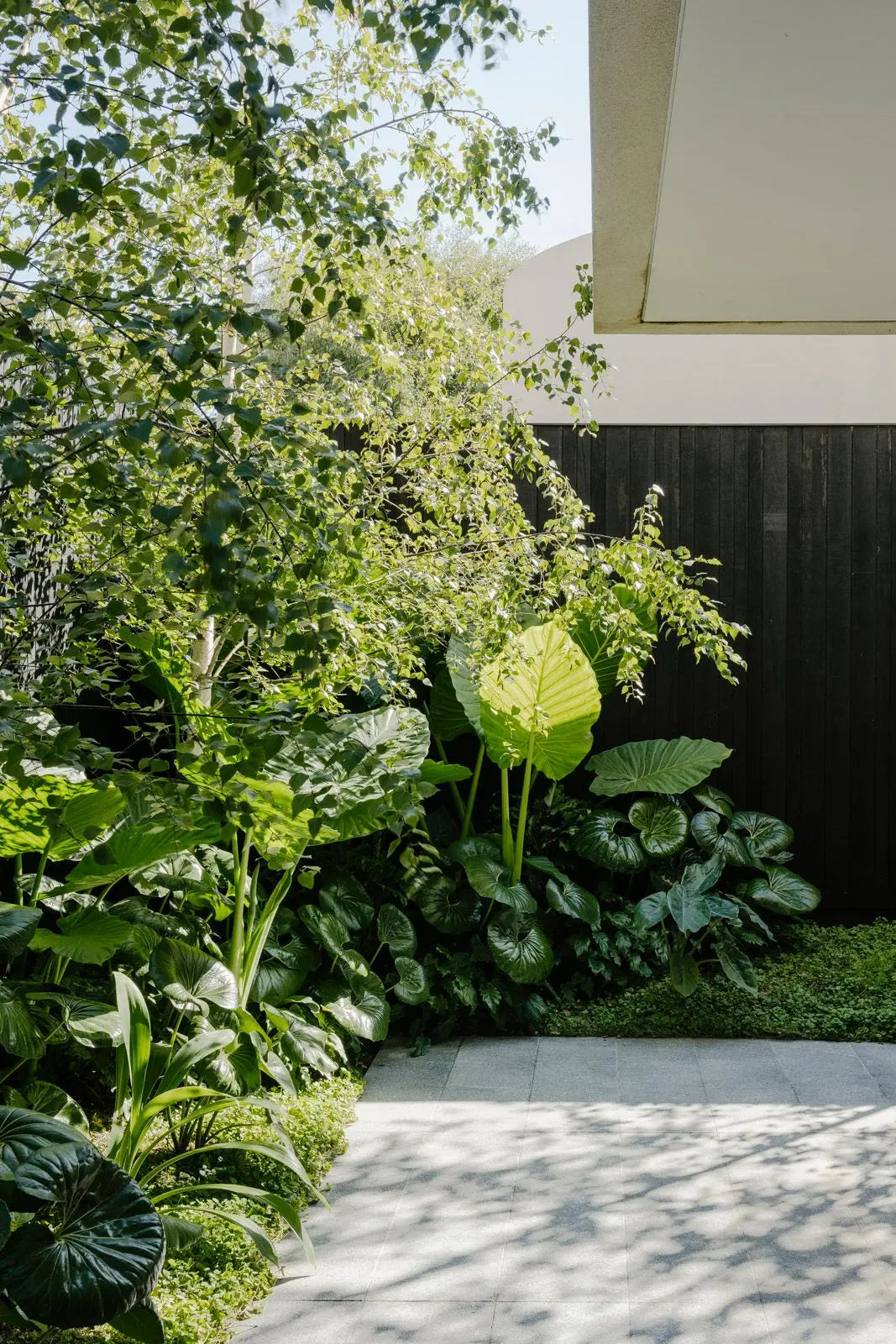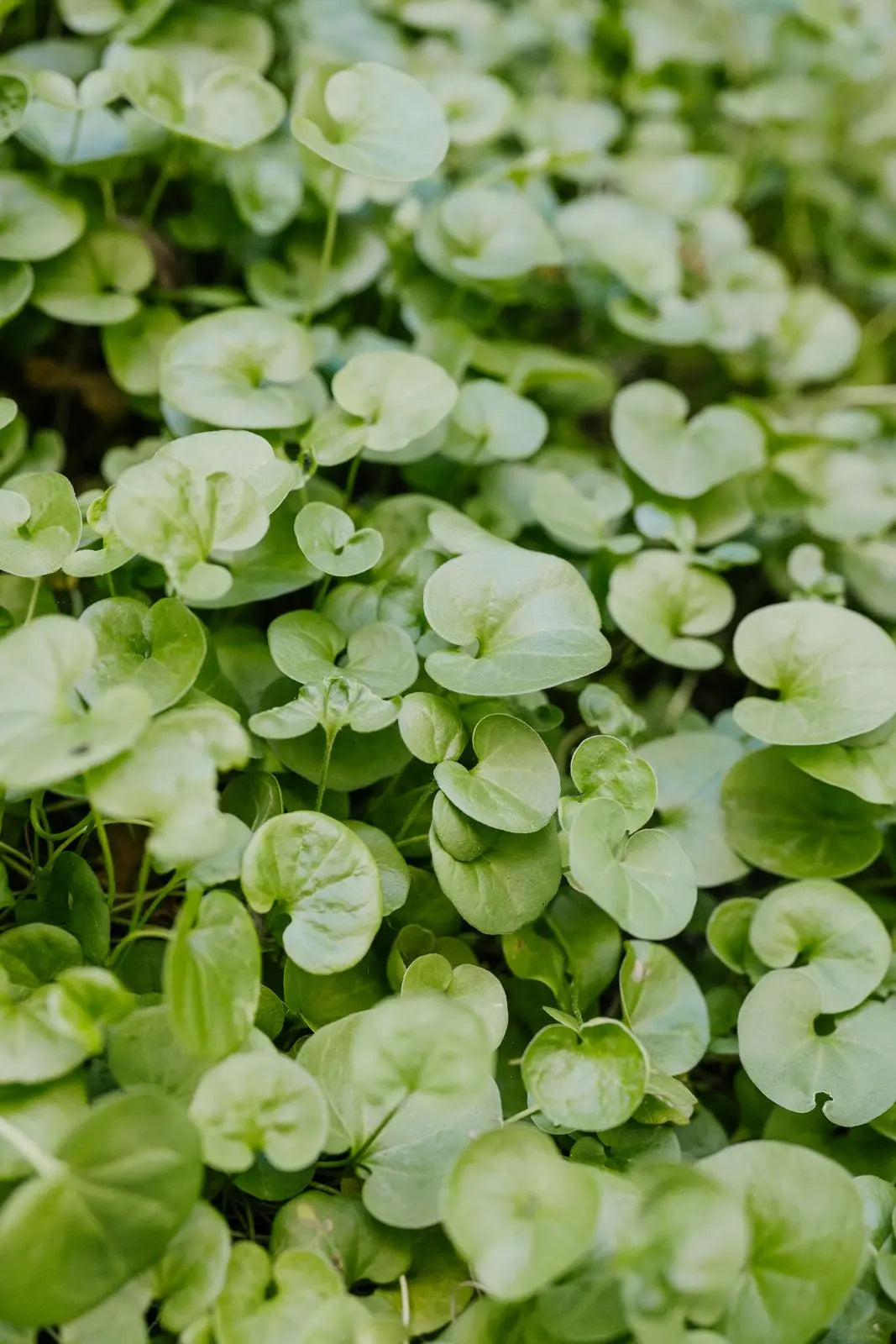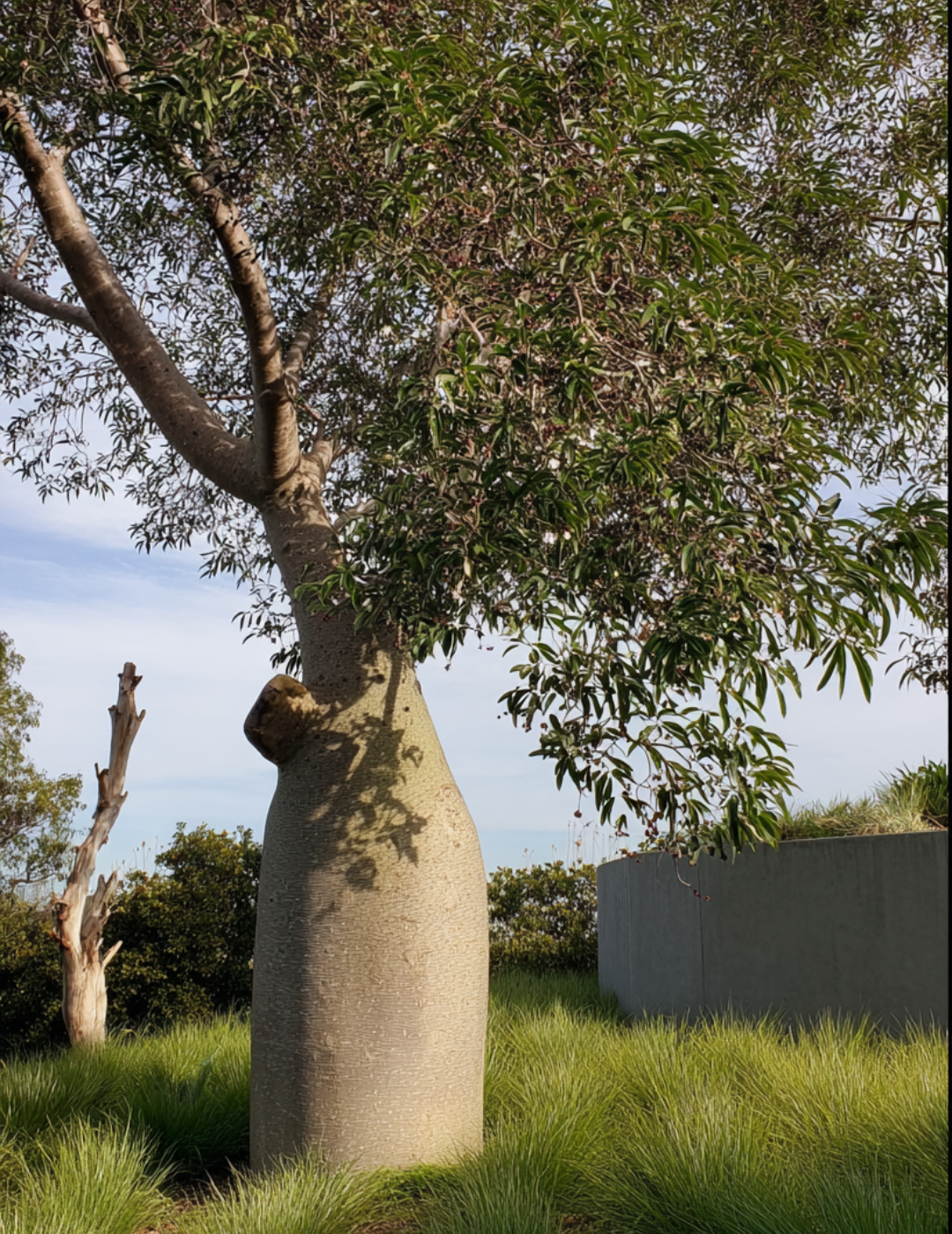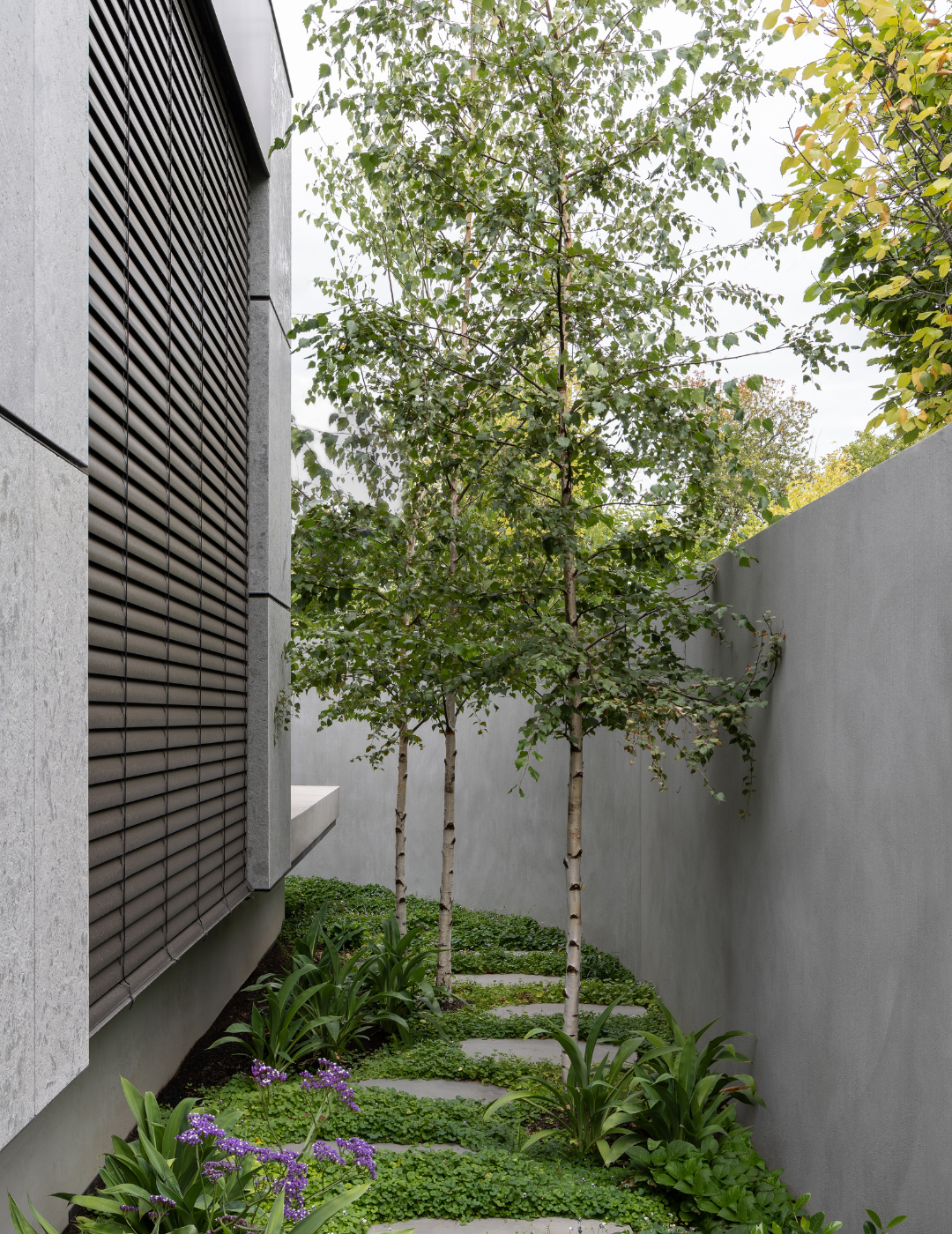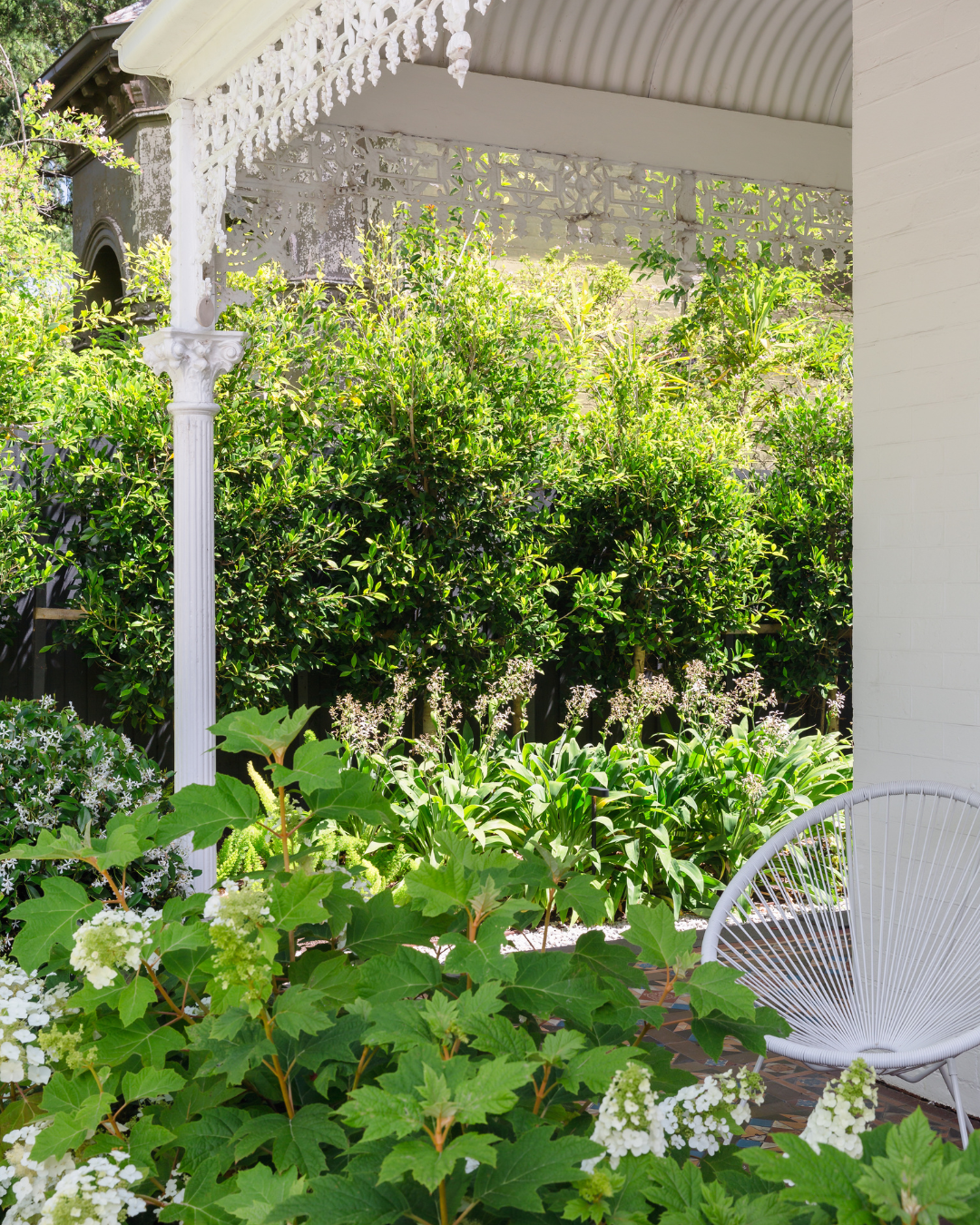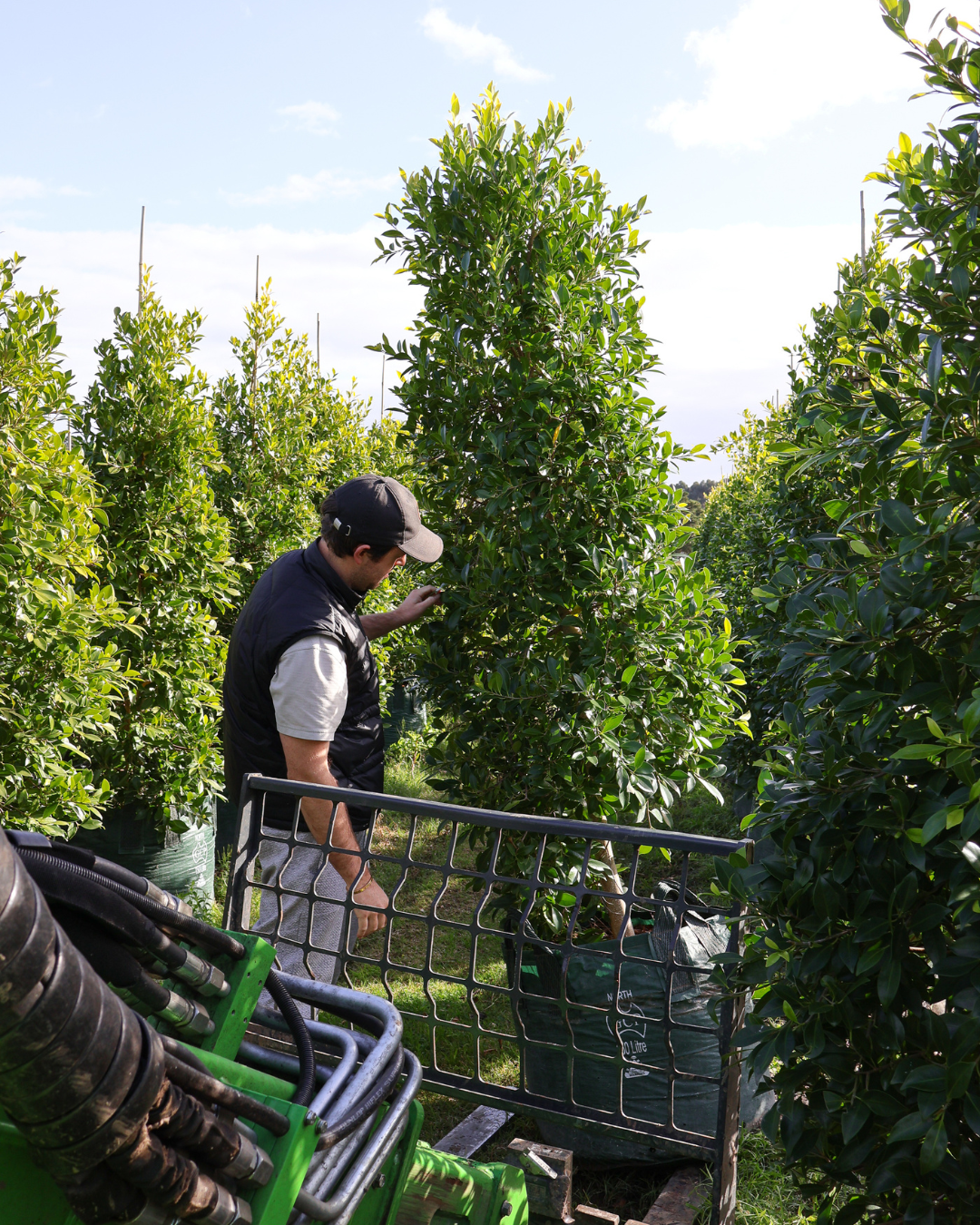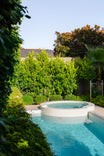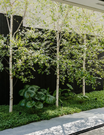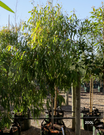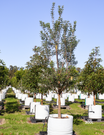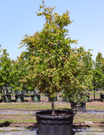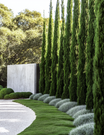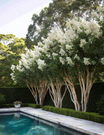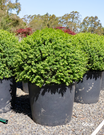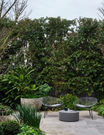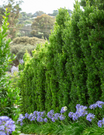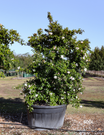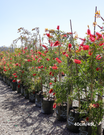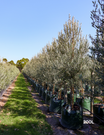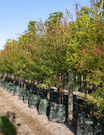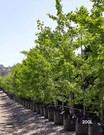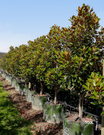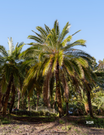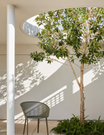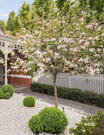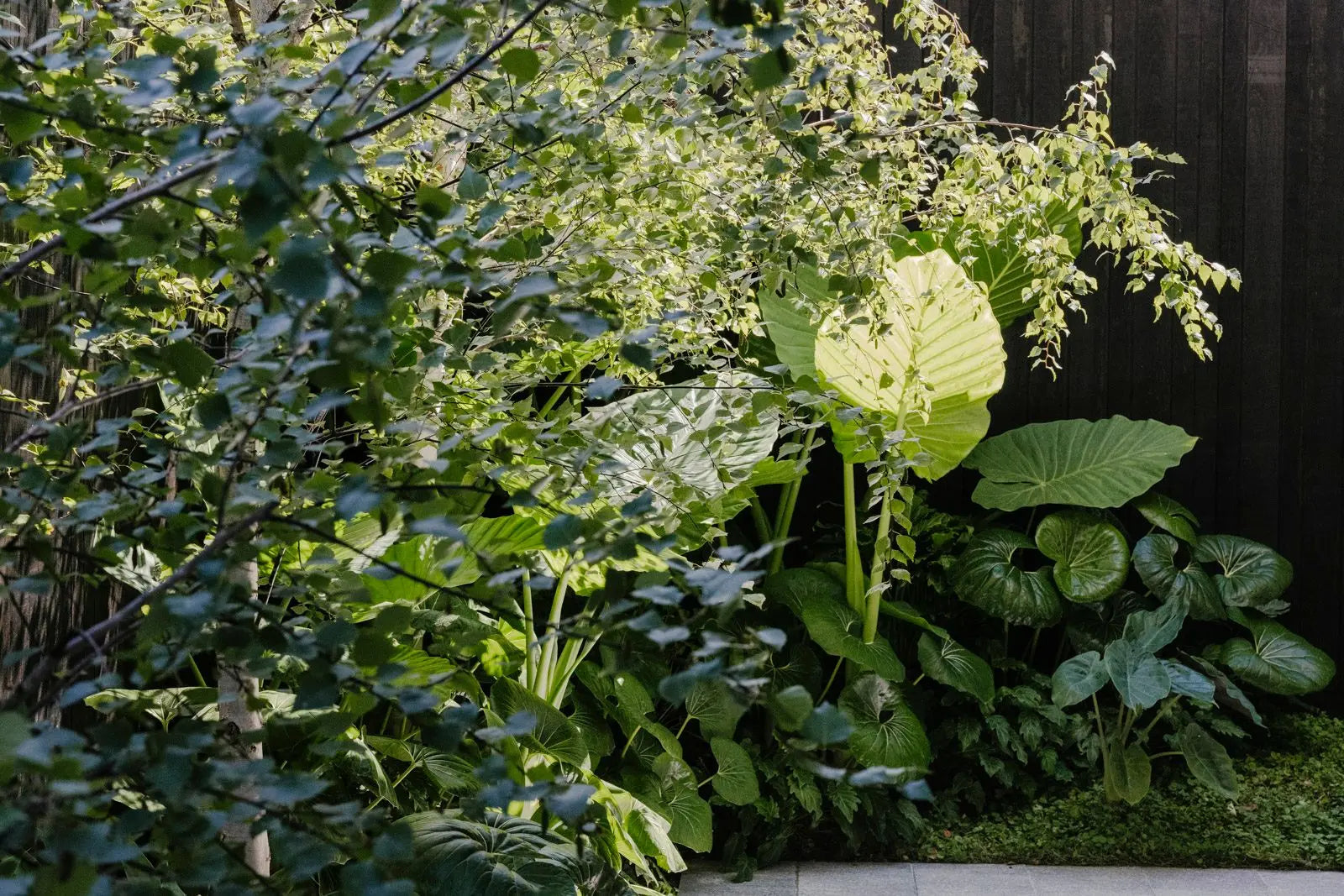
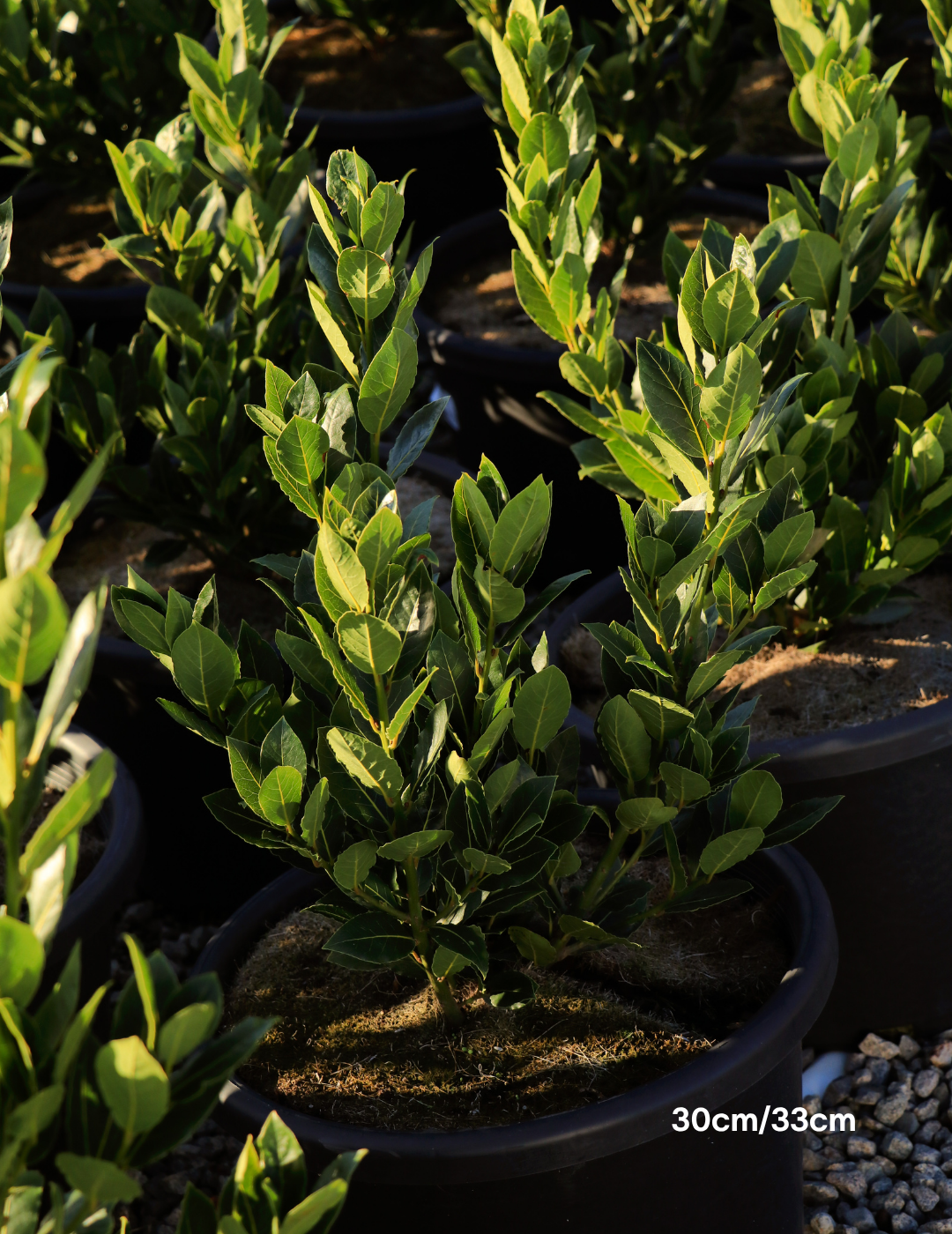
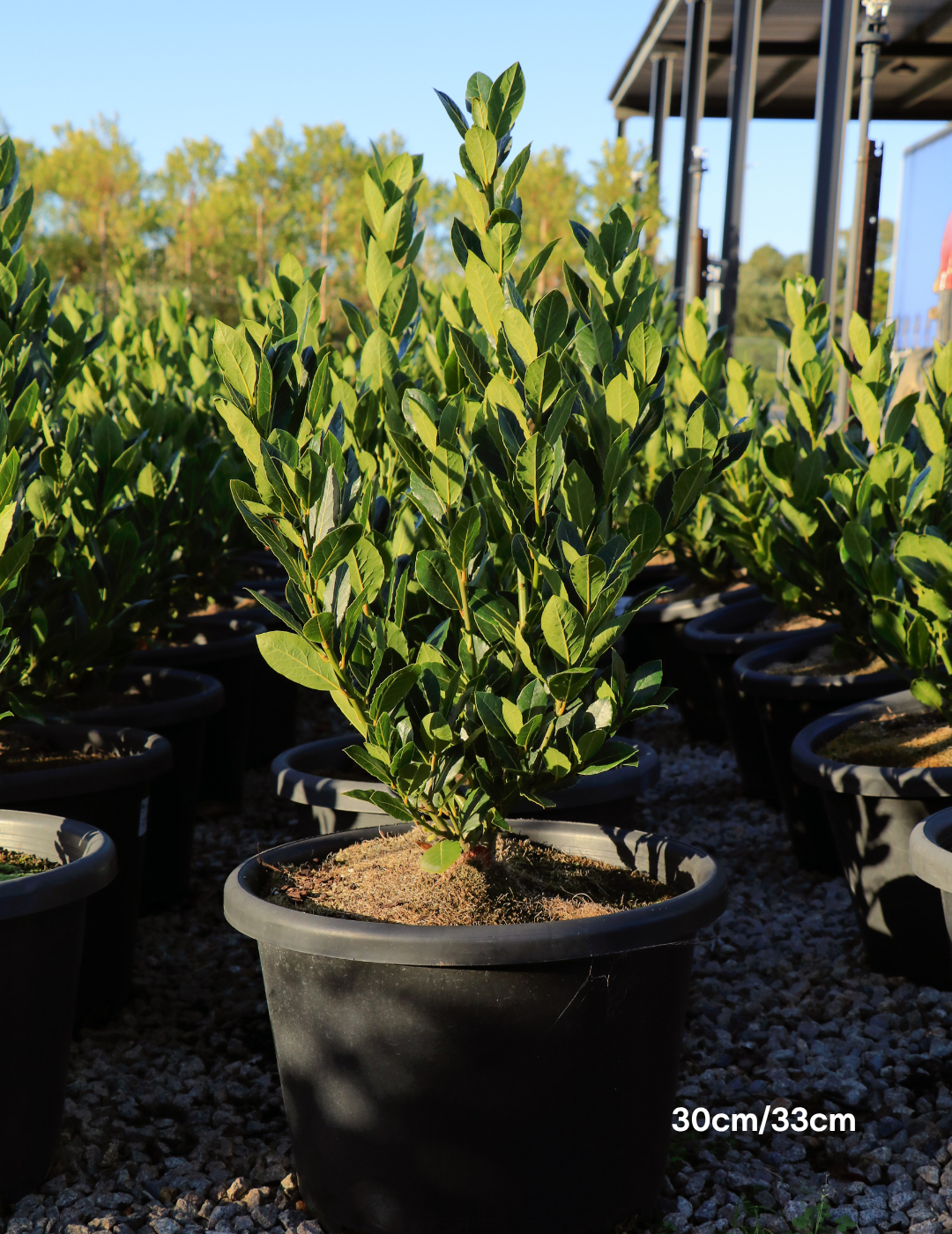

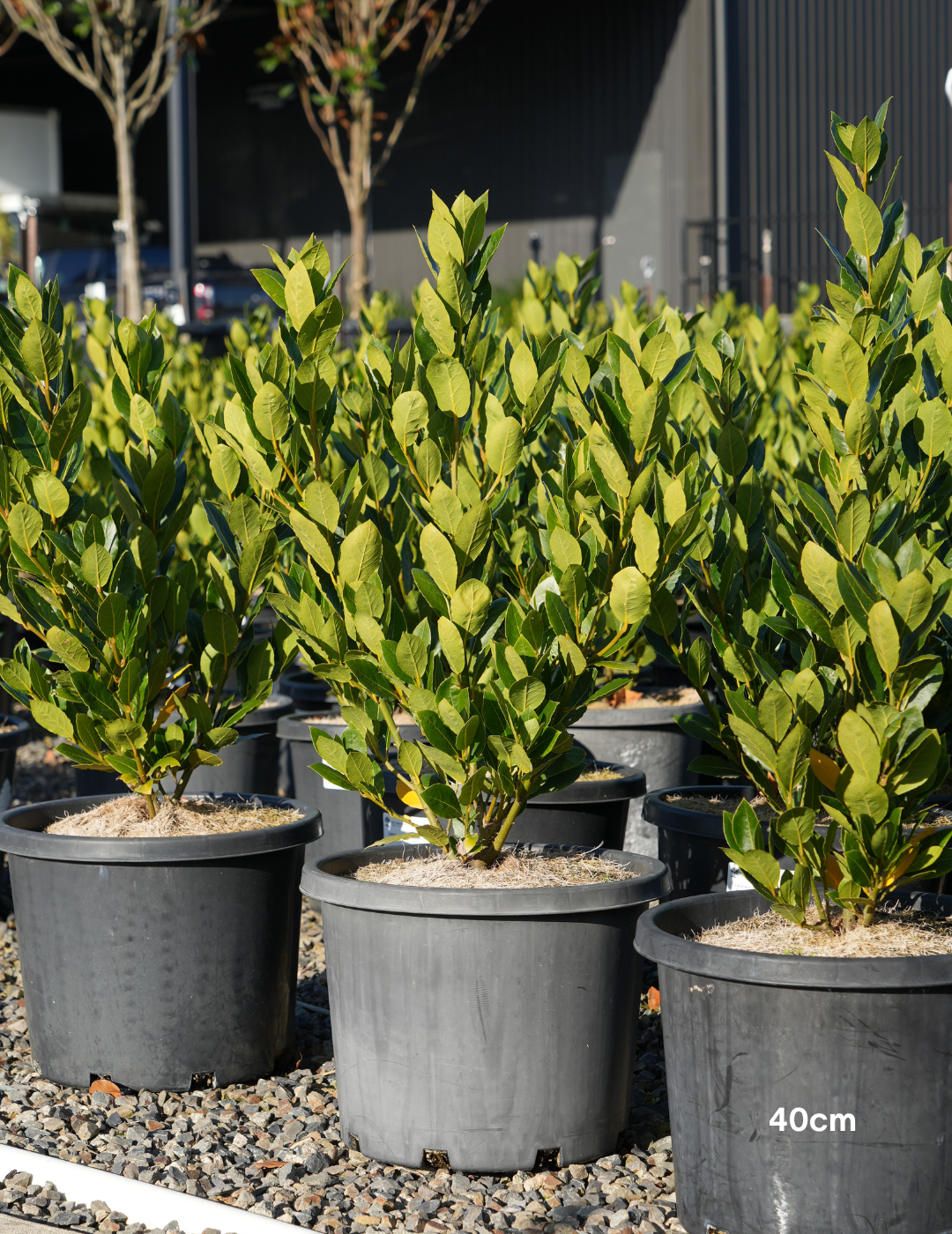
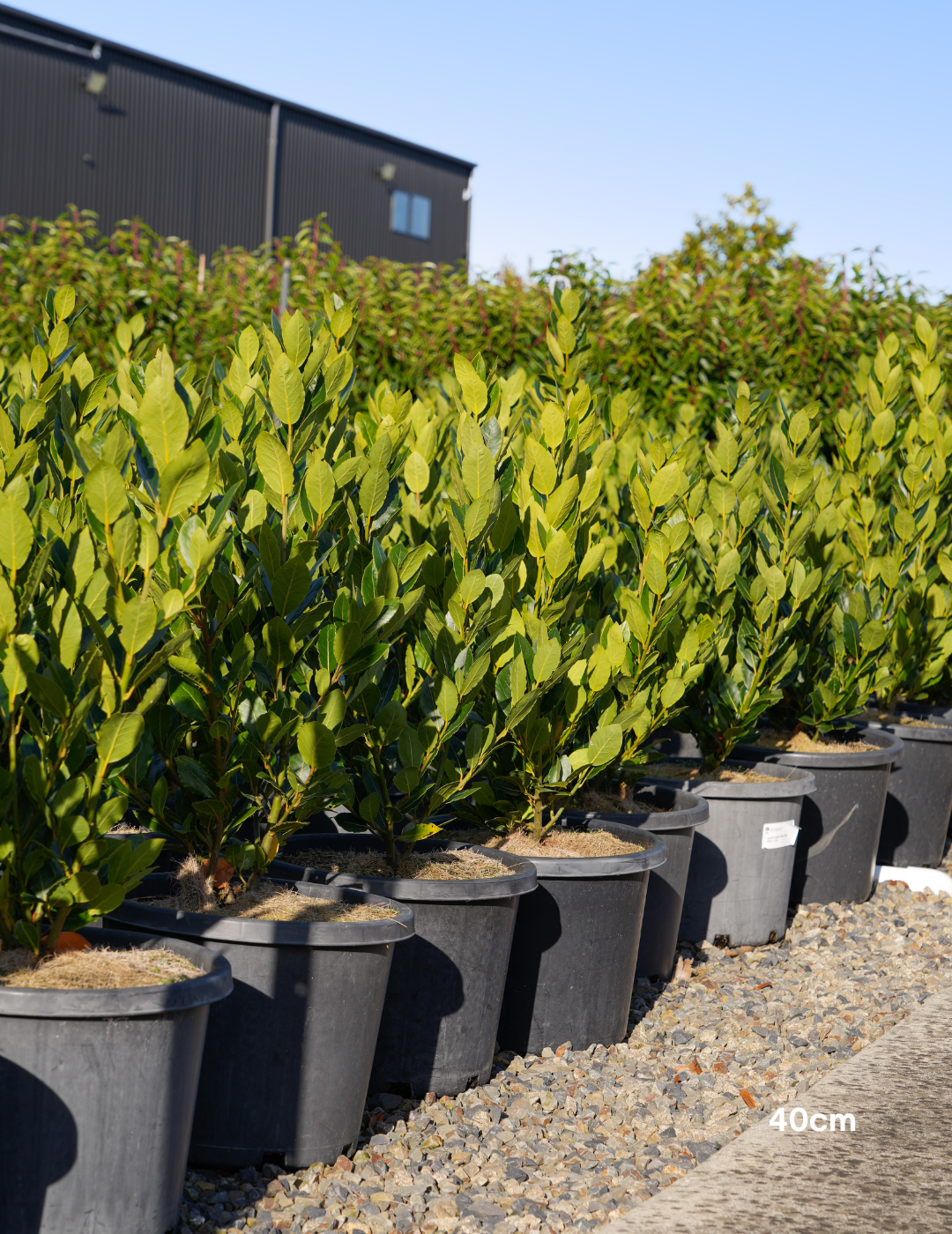

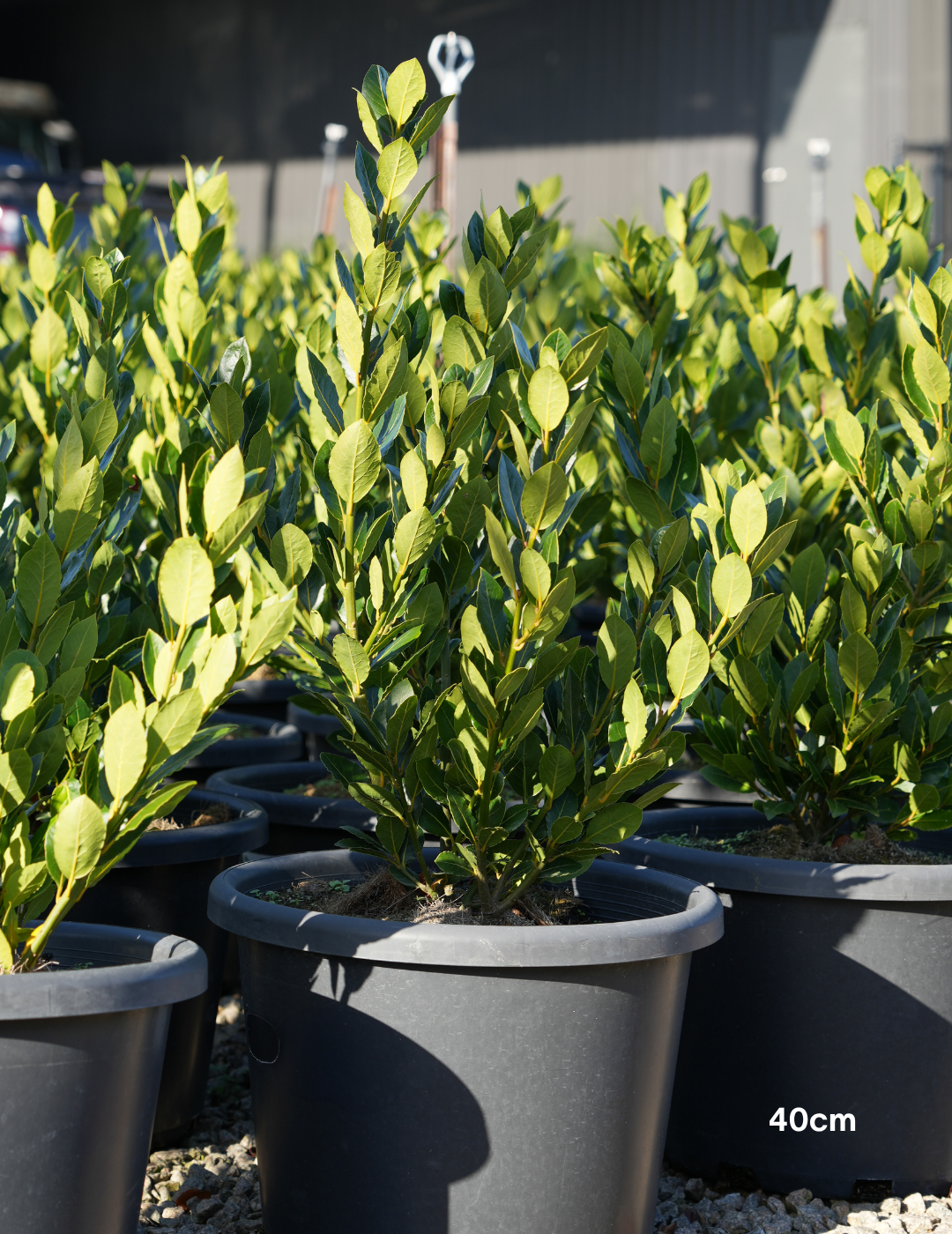
Laurus nobilis 'Baby Bay'
Tax included. Shipping calculated at checkout
Please note, as living products, our trees naturally vary in size and appearance throughout the seasons. The photos on our website are provided as a helpful guide, but may not always reflect our current batches.
We always aim to deliver stock as pictured, but some variation is to be expected. For up-to-date sizing, please refer to our current height guide. If you’d like to see photos of our current stock, just let us know—we’re happy to send them!
Our Shipping cost is calculated at checkout based on volume you anticipate to order and exact location.
You will not be charged to find out this information.
We supply advanced trees to landscapers, developers, architects, and councils Australia-wide. Trade clients receive fast quotes, expert advice, and access to premium stock with reliable freight.
10% OFF
When you spend $1,000
15% OFF
When you spend $2,000
20% OFF
When you spend $7,500
Discounts apply automatically at checkout.

Laurus nobilis 'Baby Bay'
 is a Evergreen (foliage year round)
is a Evergreen (foliage year round)
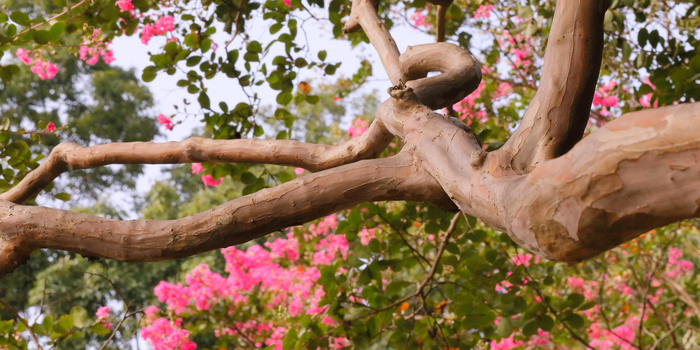 tree with a Mature Height of 2m - 4m Approximately (often kept smaller by pruning),
and a Mature Width of Approximately 1 meter .
tree with a Mature Height of 2m - 4m Approximately (often kept smaller by pruning),
and a Mature Width of Approximately 1 meter .
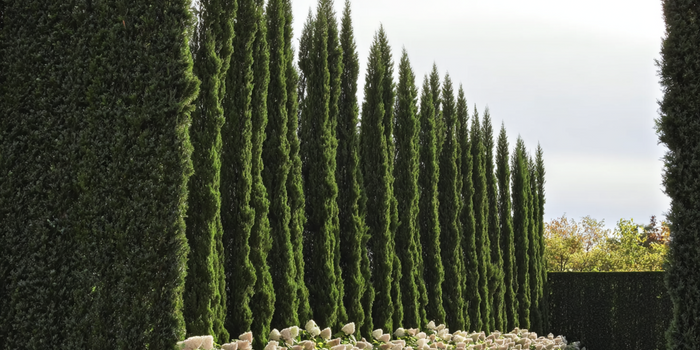 They have a Slow Growth Rate,
They have a Slow Growth Rate,
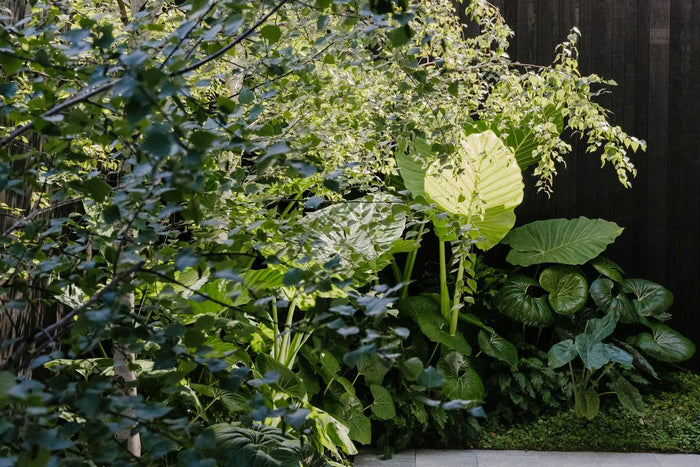 with per annum growth of Approx 10 – 20 cm per year .
with per annum growth of Approx 10 – 20 cm per year .
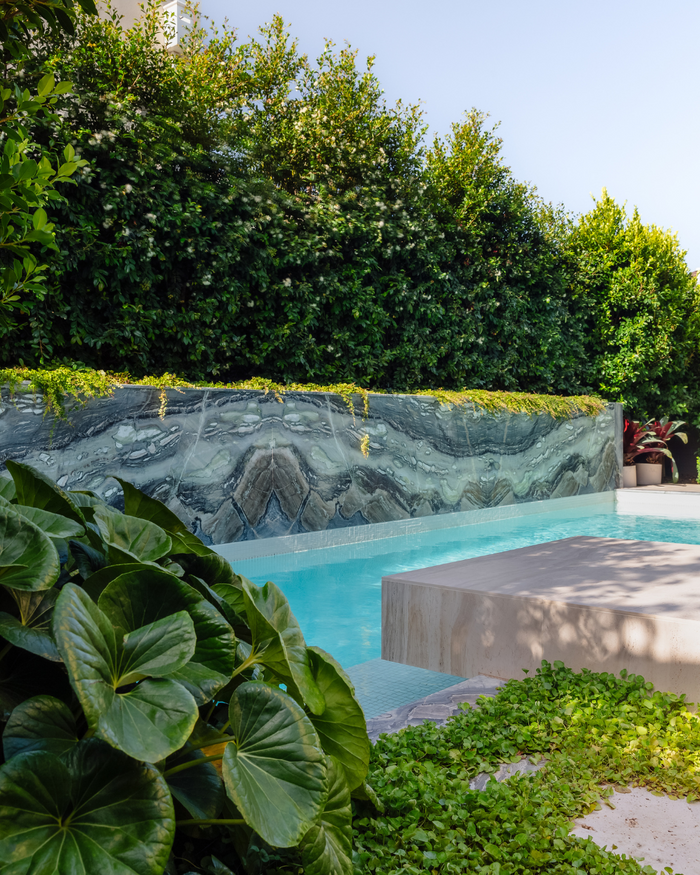 Laurus nobilis 'Baby Bay' can be used for Screening or Privacy, Feature Tree, Plant in Pots (or) Suitable for Pots, Edible Garden, Underplanting, and Shrubs.
Laurus nobilis 'Baby Bay' can be used for Screening or Privacy, Feature Tree, Plant in Pots (or) Suitable for Pots, Edible Garden, Underplanting, and Shrubs.
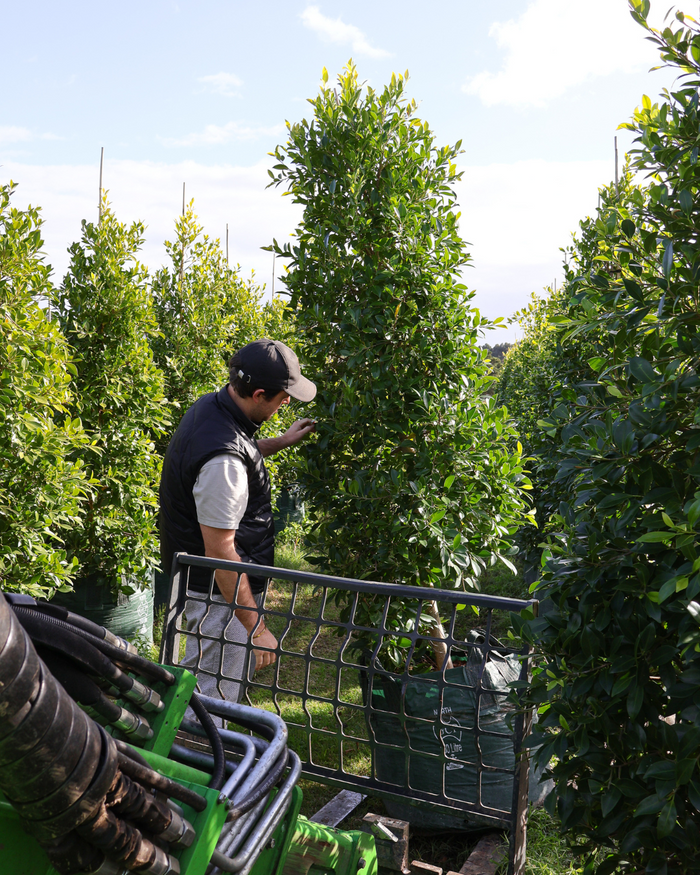 They tolerate Full Sun and Part Shade.
They tolerate Full Sun and Part Shade.
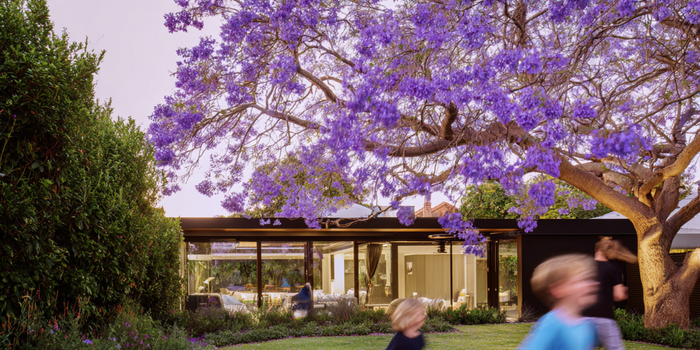








PLANT PROFILE
Laurus nobilis 'Baby Bay' is a charming dwarf Bay Tree cultivar, perfectly suited for those who want the classic aromatic leaves and elegant form of a Bay Tree but within a compact, manageable size. Growing to just 1–2 meters tall with dense, glossy foliage, it looks excellent in containers, small gardens, patios, or even kitchen herb gardens—bringing a touch of Mediterranean flair to any space.
This slow-growing, low-maintenance shrub offers year-round culinary delight with its fragrant leaves, ideal for fresh cooking. Its natural pest resistance and drought tolerance make it especially appealing for busy gardeners or beginners. Whether shaped as a topiary or left to grow naturally, the 'Baby Bay' delivers a neat, polished look that resonates with people seeking both beauty and practicality in a small package.
A versatile and elegant choice, it brings freshness and style wherever it’s placed, proving that great things truly can come in small packages.
Mature Height: 2m - 4m Approximately (often kept smaller by pruning)
Mature Width: Approximately 1 meter
Approx 10 – 20 cm per year
Use this as a reference when digging your planting hole. We recommend digging at least 10% wider than the dimensions below to encourage strong root development.
- 30cm Pot: 33cm (W) × 30cm (D)
- 40cm/45L Pot: 44cm (W) × 41.5cm (D)
- 50cm Pot / 70L Pot: 55cm (W) × 41.8cm (D)
- 100L Bag: 50.6cm (W) × 52.8cm (D)
- 150L Bag: 66cm (W) × 55cm (D)
- 200L Bag: 71.5cm (W) × 60.5cm (D)
- 300L Bag: 88cm (W) × 63.8cm (D)
- 400L Bag: 99cm (W) × 66cm (D)
- 500L Bag: 122cm (W) × 66cm (D)
- 750L Bag: 134cm (W) × 69cm (D)
- 1000L Bag: 146.3cm (W) × 71.5cm (D)
- 2000L Bag: 176cm (W) × 82.5cm (D)
Laurus nobilis 'Baby Bay' is Frost Tolerant – Can handle light to moderate frost once established..
Does Laurus nobilis 'Baby Bay' flower?
Yellow
We've Been Featured In






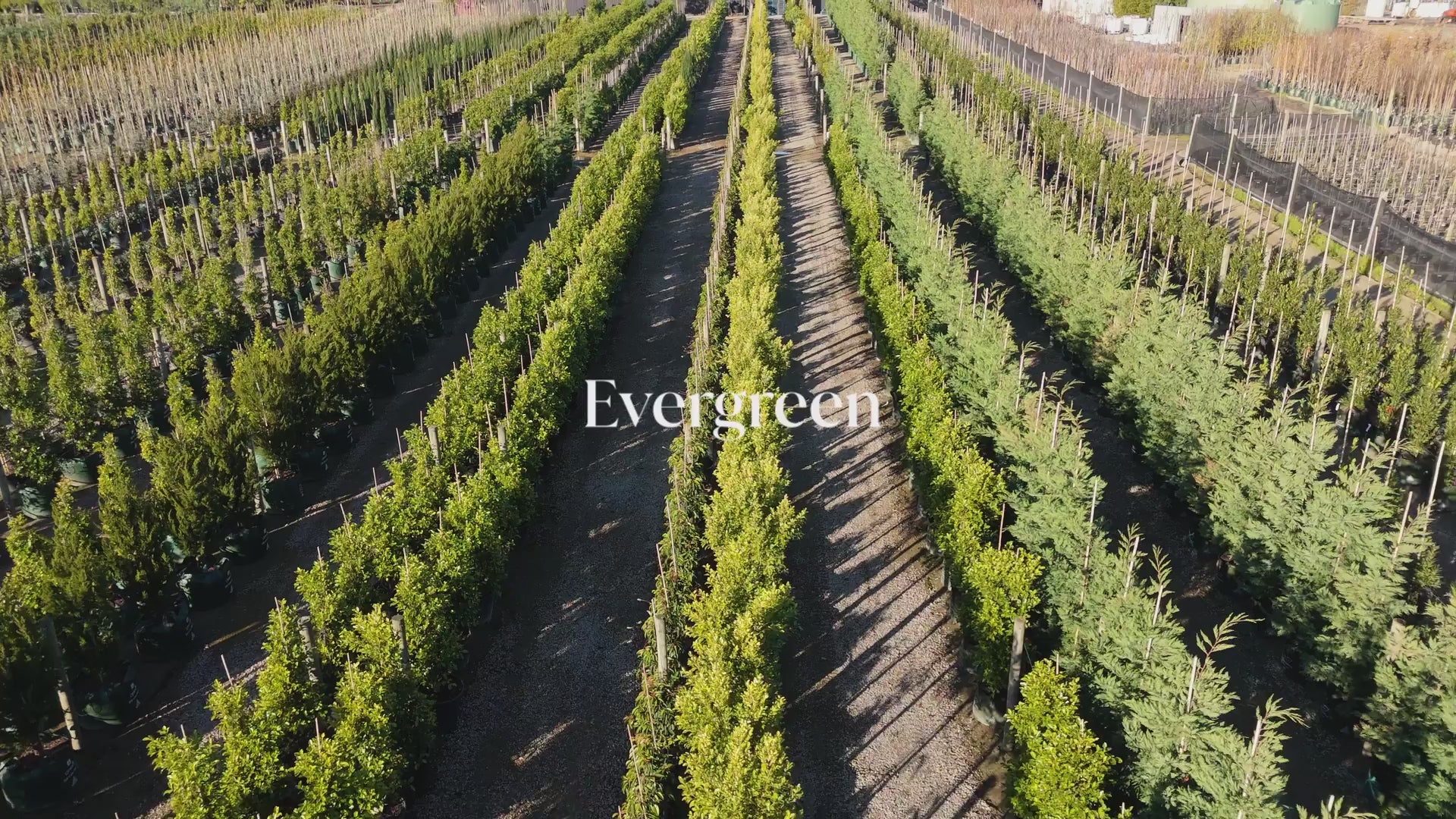
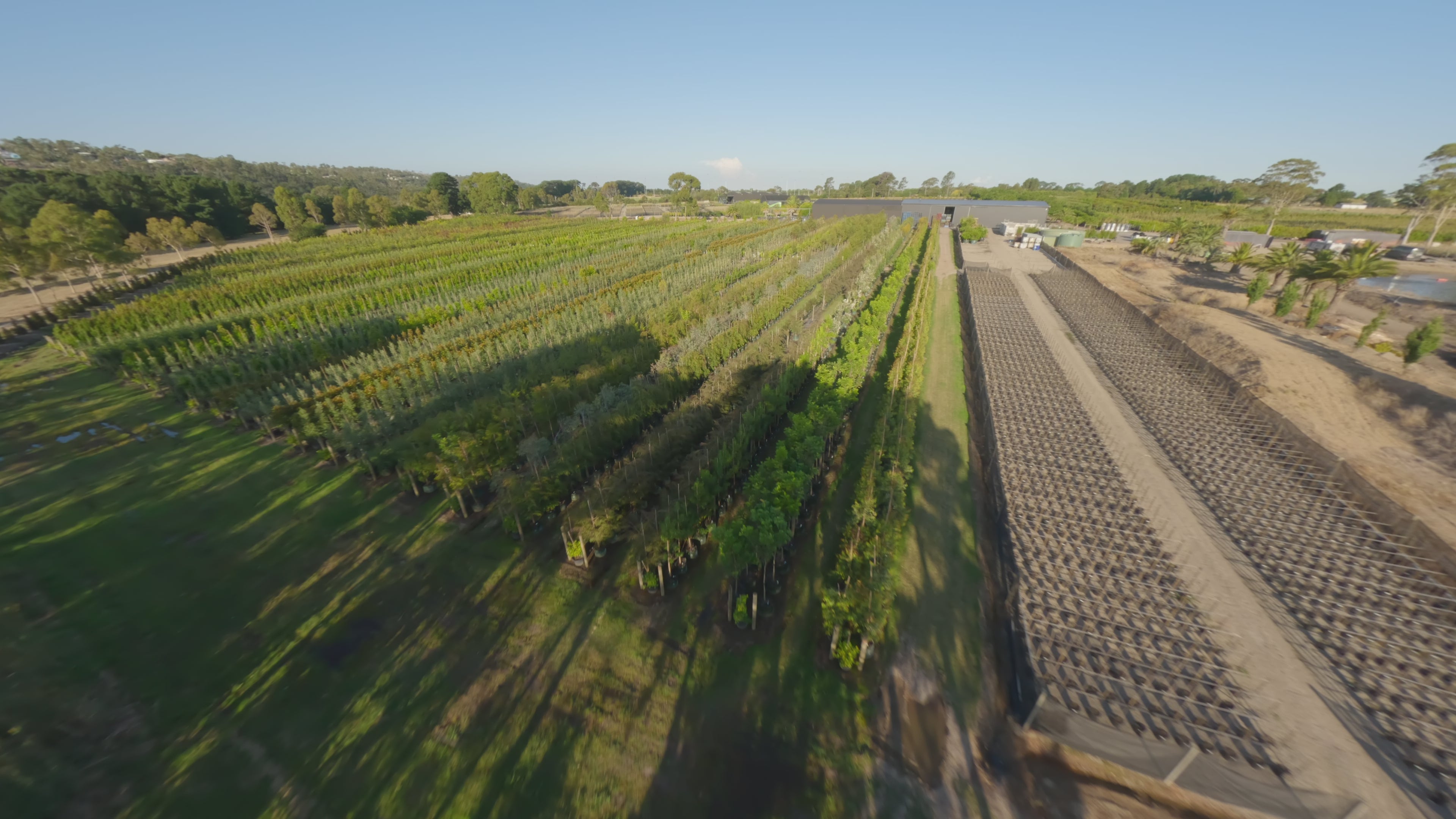
Your One Stop Shop Advanced Tree Supplier
HAVE A PLANT SCHEDULE TO SEND US?
Need Assistance For Your Next Project? Let Us Help.
Evergreen Trees Direct is Australia's unrivaled supplier of the highest quality advanced tree stock. Our extensive supplier network allows us to provide a one-stop shop for all your landscaping needs, no matter how big or small the project. We pride ourselves on exceptional service, ensuring a seamless experience from selection to delivery. Trust us to bring your landscaping vision to life with the perfect trees for any outdoor space. With our unrivaled selection and commitment to service, Evergreen Trees Direct is the top choice for landscapers, property developers, and garden enthusiasts alike.
Recently Supplied Projects
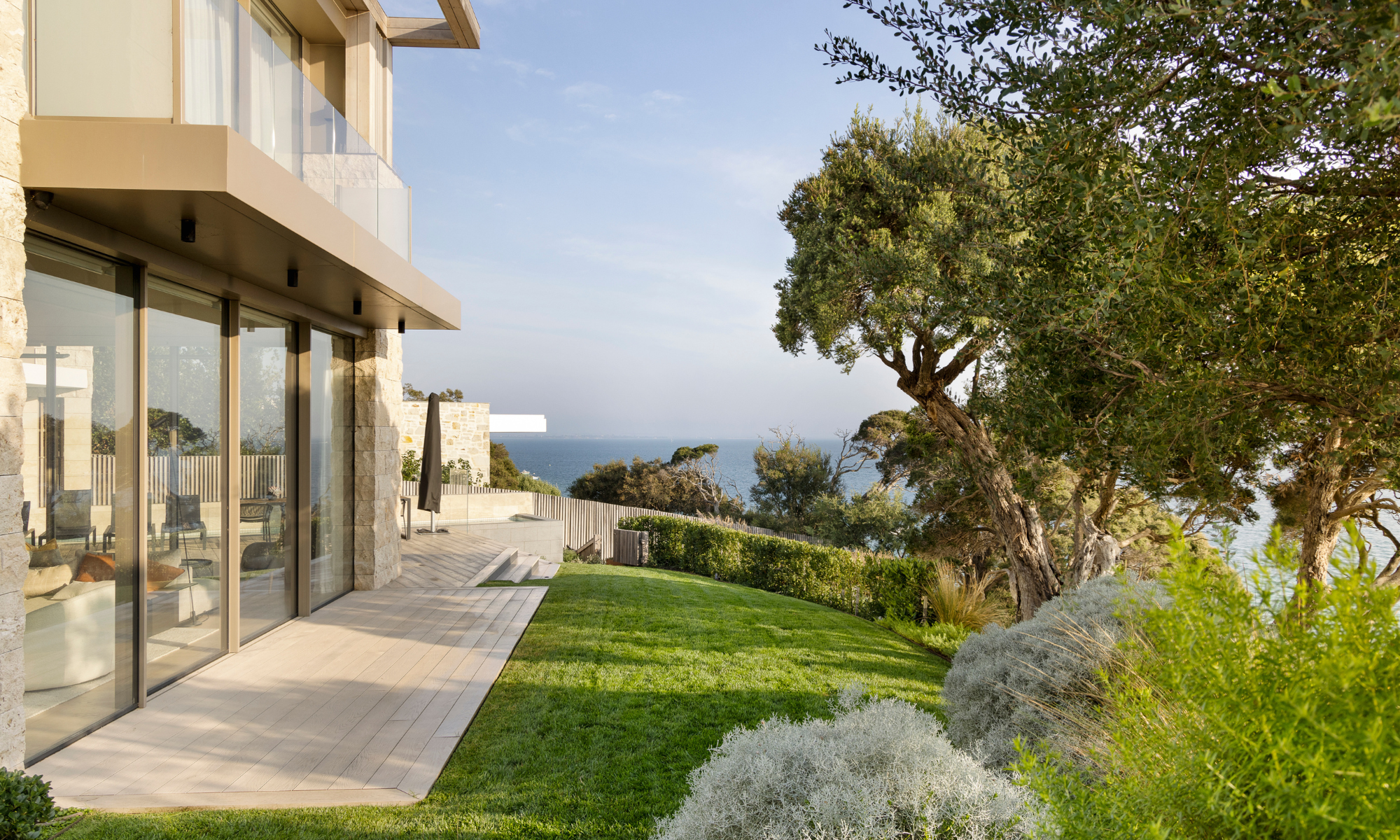
Mornington Peninsula Coastal Garden
A layered, resilient coastal garden designed to withstand harsh salt winds and seasonal extremes. This Mornington Peninsula property features a curated tree and shrub palette focused on longevity, ...
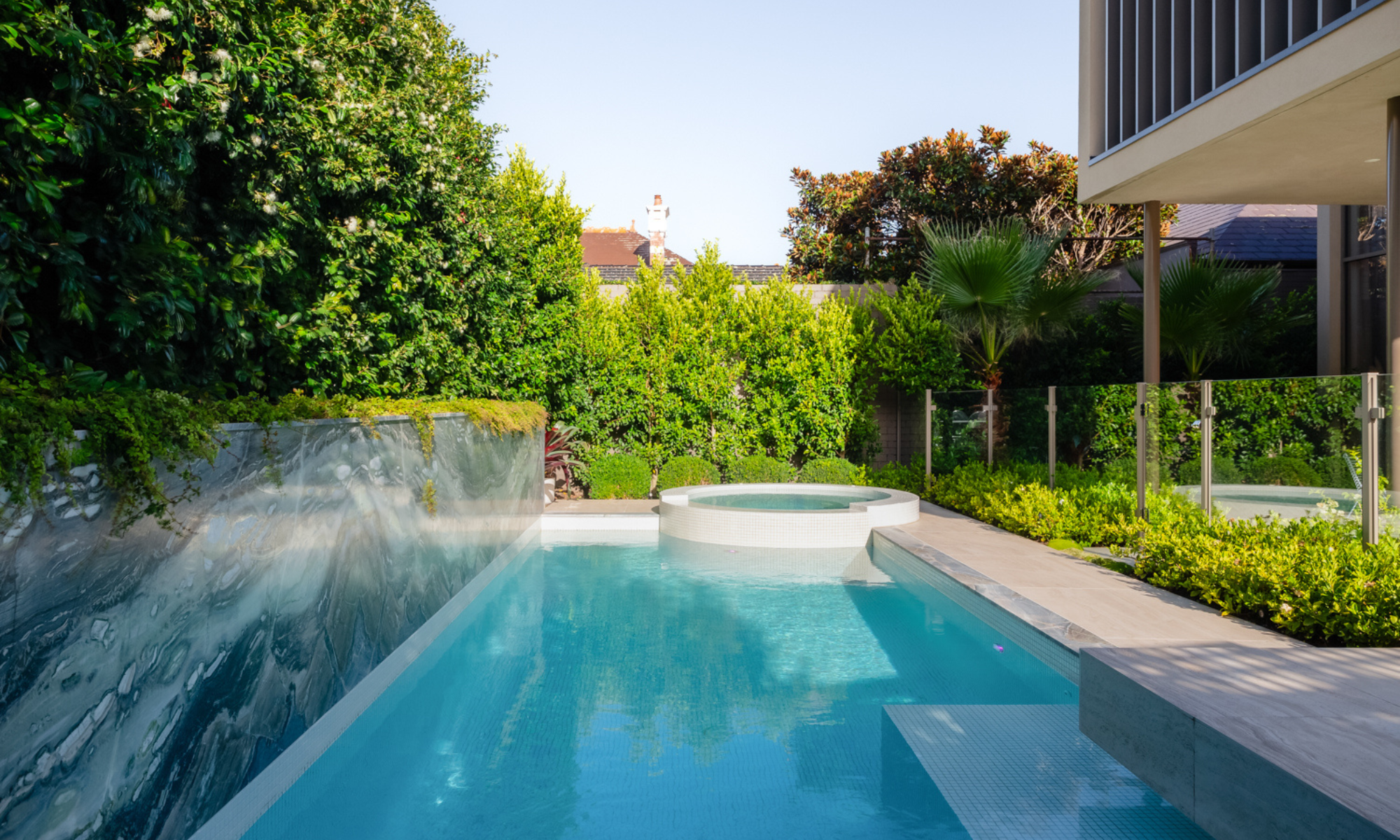
Presenting our recent project in Brighton, Victoria, landscaped by Jack Merlo Landscape & Design. This modern landscape features a variety of hedging, screening, and feature trees, all supplied...
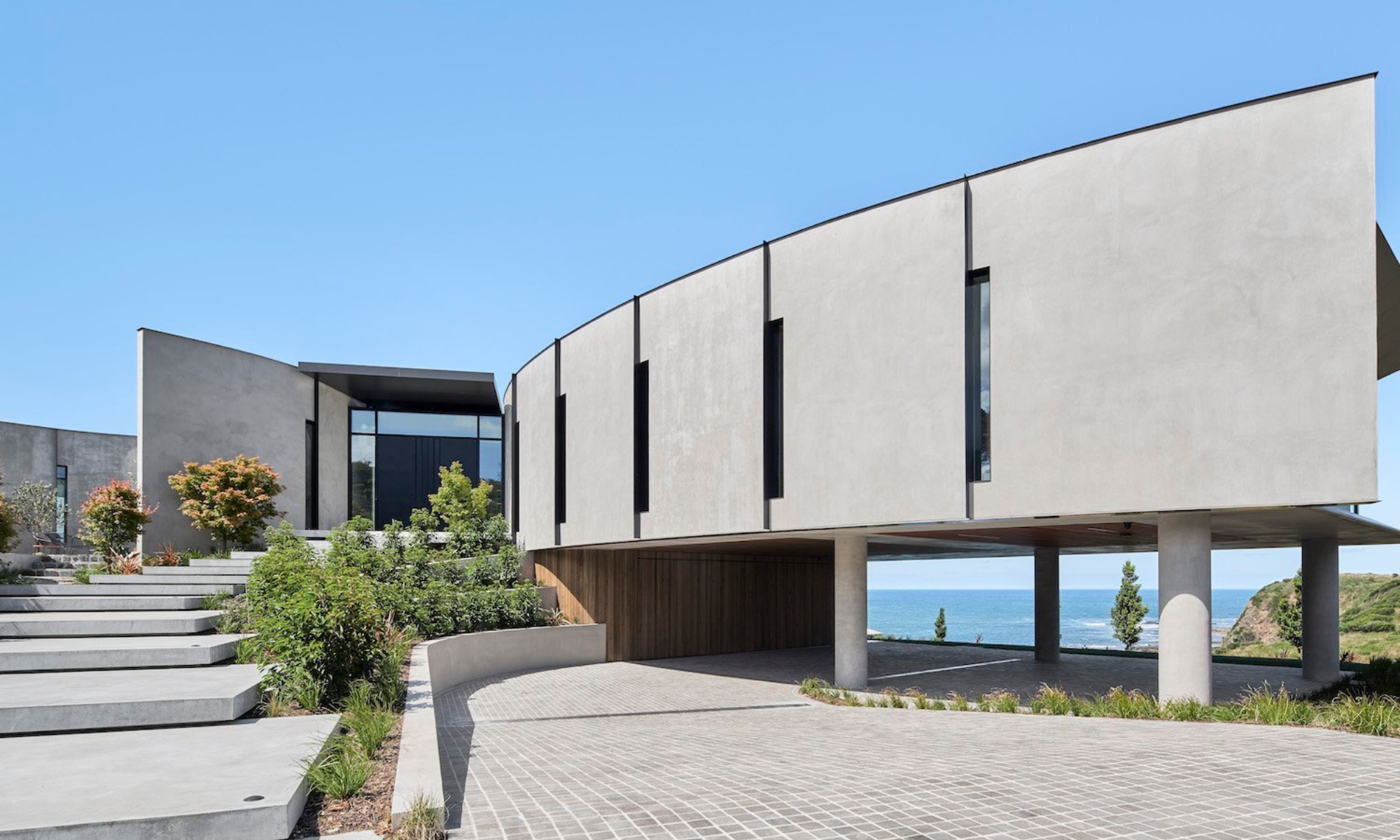
Horizon House in Flinders blends nature with bold architectural design, using natural elements to enhance its modern aesthetic. Acer Palmatum (Japanese Maple) lines the walkway to the entrance, add...
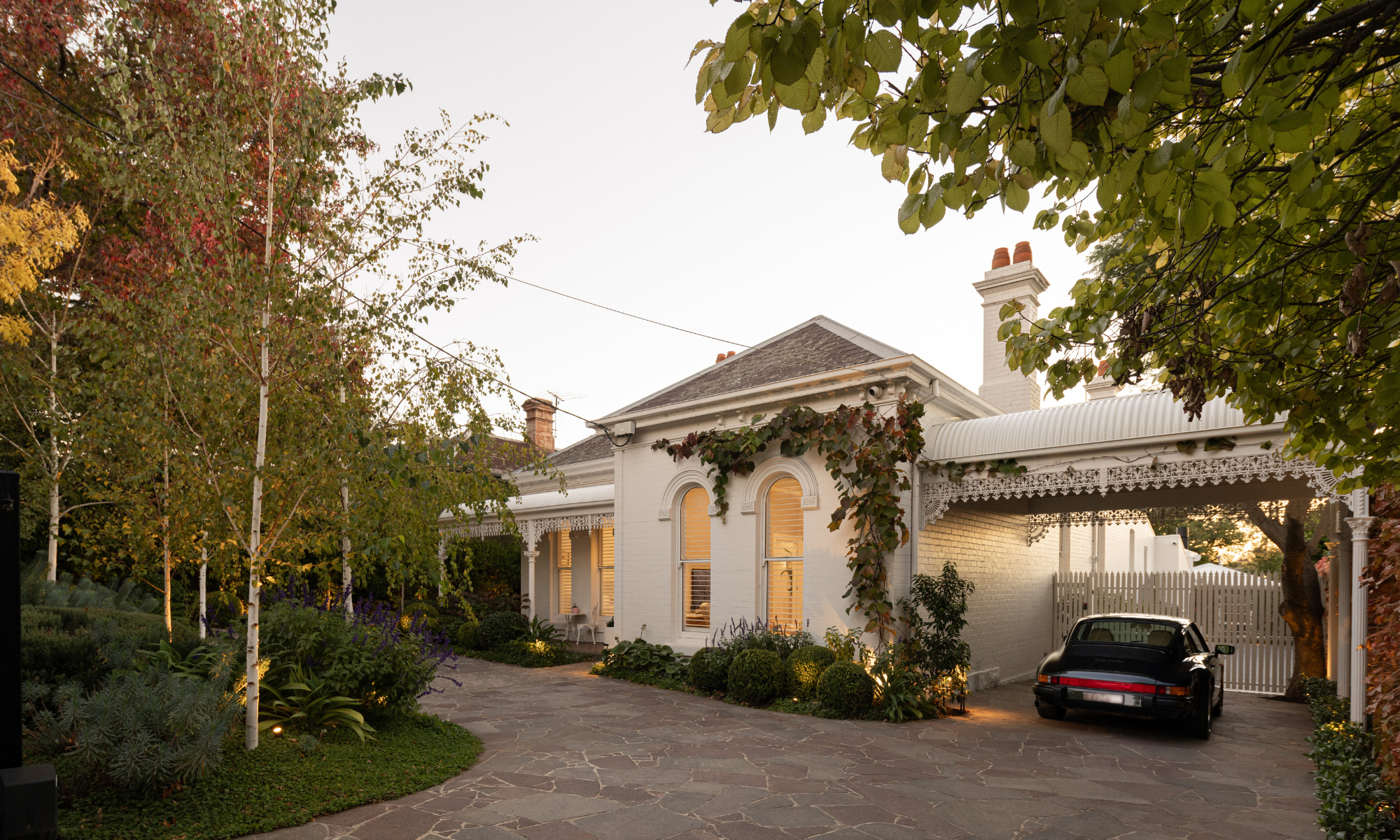

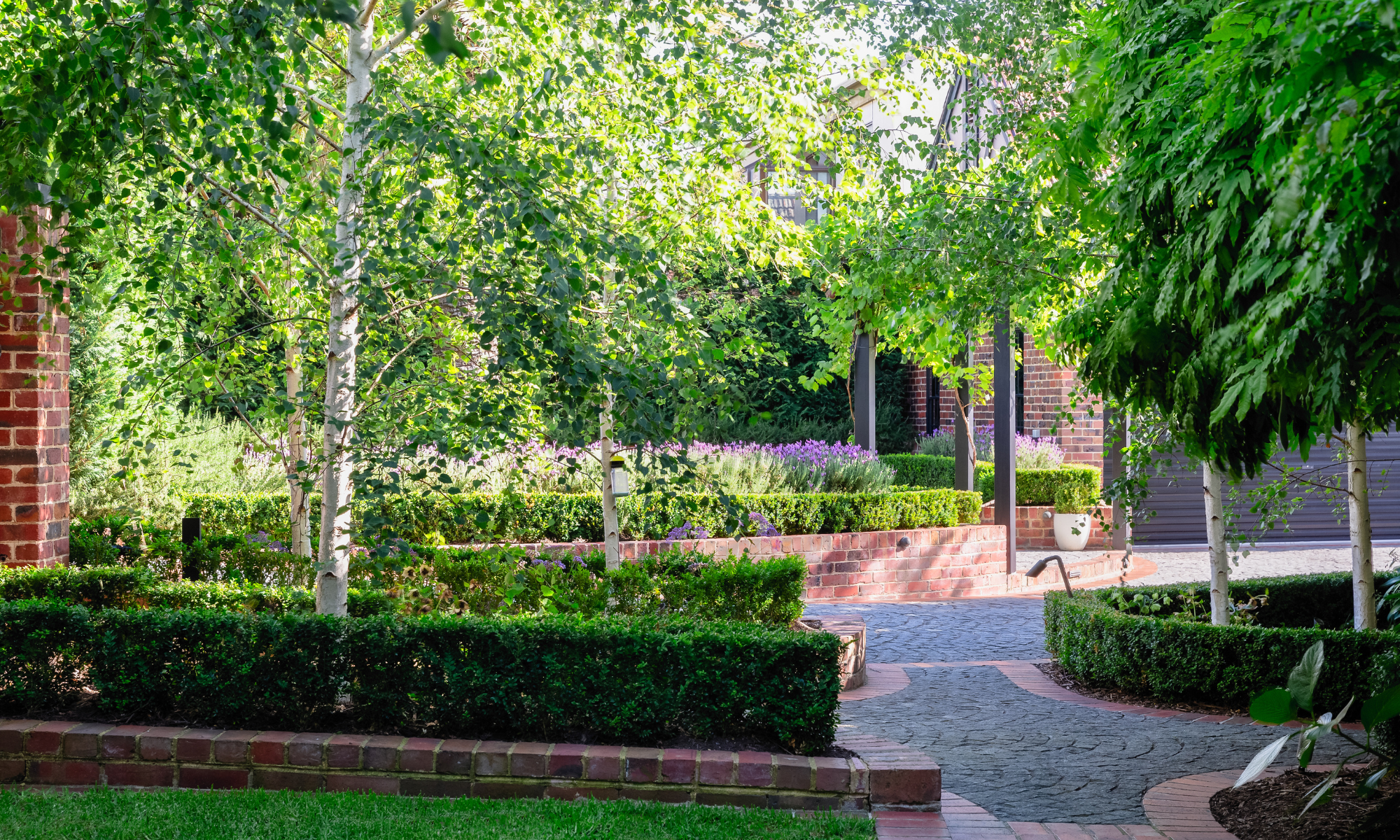
The Esplanade, Mornington Project
The Esplanade project, located along the Mornington coastline, features a carefully chosen selection of trees that thrive in the unique coastal environment of sea breezes and sandy soil. Led by Rob...


